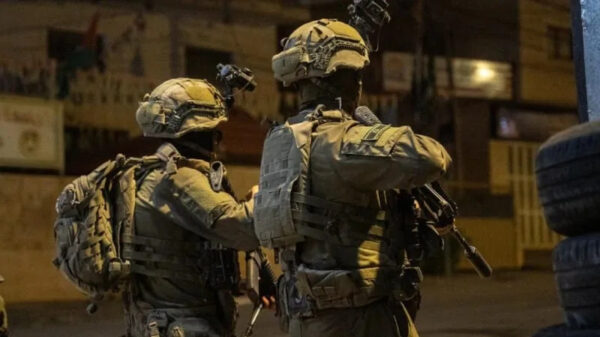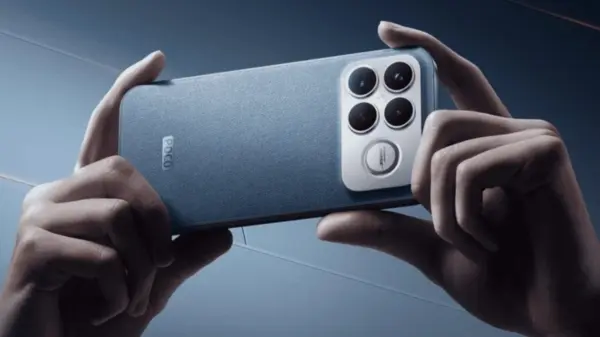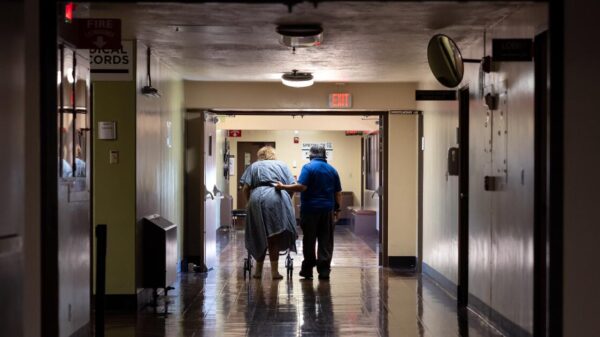Researchers at the Department of Mechanical Engineering at Seoul National University have developed a groundbreaking structure designed for compact storage and robust deployment in robotic applications. The invention, termed the “Foldable-and-Rollable corruGated Structure” (FoRoGated-Structure), leverages origami principles to create a design that is both space-efficient and strong. The findings were published in the journal Science Robotics on November 26, 2023.
This innovative structure can be smoothly folded and rolled up, much like a tape measure, allowing for minimal space during storage. Once deployed, it transforms into a corrugated shape that enhances its strength, effectively preventing bending and sagging. The researchers, led by Professor Kyu-Jin Cho, who also directs the Human-Centered Soft Robotics Research Center, aimed to address the common trade-off between strength and compactness in conventional designs.
The mechanism for achieving this remarkable duality lies in the way the structure is folded. Traditionally, when corrugated structures are layered and wound around a hub, they face perimeter mismatches due to material thickness, leading to issues such as buckling. In contrast, the FoRoGated-Structure employs a unique interlacing principle that allows for more flexibility. By connecting multiple metal strips through woven ribbons, the structure maintains its integrity while providing the capacity for local sliding, thereby reducing stress concentrations.
Professor Cho explained, “We often look to a single morphology—the humanoid—for solutions, but many real-world problems depend on the specific environment and task.” The application of the interlacing principle allows for folding structures that can be compactly stored yet remain resilient when deployed.
Robotic Applications and Demonstrations
The research team went beyond theoretical exploration by creating a robotic arm powered by a single motor based on the FoRoGated-Structure. Demonstrations showcased its potential in various robotic systems. For instance, they mounted the arm on a compact mobile robot similar in height to a vacuum cleaner. In its stored state, the robot remains low-profile, yet it can extend to perform tasks like reaching high shelves or activating elevator buttons.
Another significant demonstration involved a deployable mobile 3D-printing robot. This robot, with a base diameter of approximately 1 meter, is designed to travel to designated locations and expand from a compact triangular column to a large tetrahedral frame. The deployed frame measures about 3.2 meters in base edge length and 3.4 meters in height, enabling it to 3D-print structures reaching up to 2.5 meters tall.
Co-first authors Sun-Pill Jung and Jaeyoung Song emphasized the structural advantages of their design, stating, “We applied the interlacing principle, in which elements cross and interlock like woven fabric, to folding structures so that the perimeter mismatches in multi-layer structures can be absorbed structurally.”
The implications of this research are substantial. The FoRoGated-Structure is well-suited for applications where systems must be stored in a small volume but need to withstand significant loads after deployment. This flexibility and strength make it a promising platform for future developments in robotics.
In summary, the advancements made by the team at Seoul National University highlight the potential for innovative designs in robotic applications, merging compact storage solutions with high strength and functionality. The FoRoGated-Structure represents a significant leap towards practical platforms for what Professor Cho refers to as “Physical AI,” where robots adapt to their environments and tasks efficiently.



































































